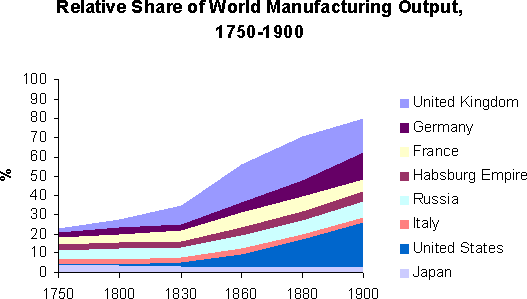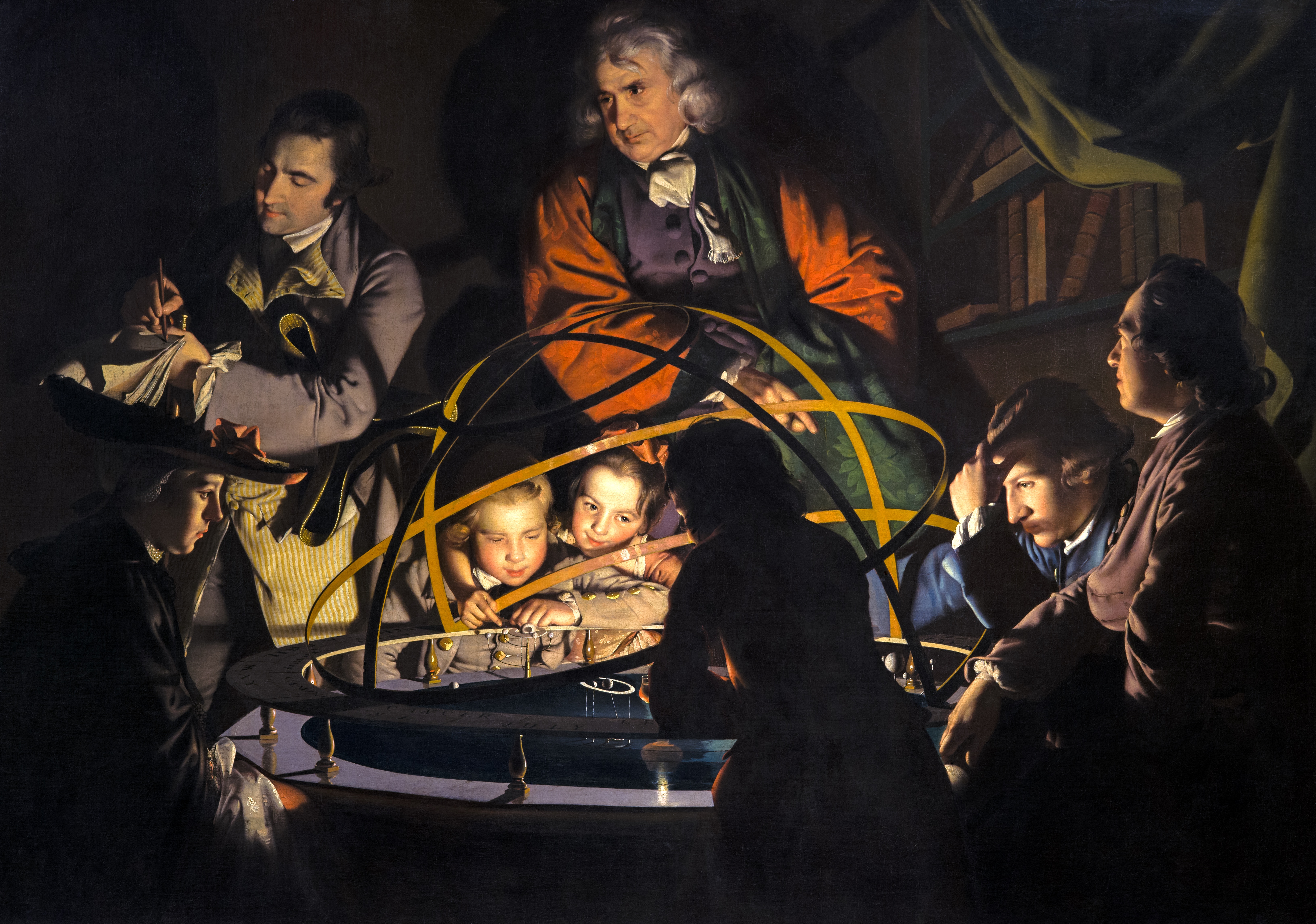Corporations in the United States
The history of companies stretches back to Roman times, and deals principally with associations of people formed to run a business, but also for charitable or leisure purposes. A corporation is one kind of company, and refers to an entity which has a separate legal identity from that both of those people who carry out its activities and those who have rights to its property. Originally, corporations were solely able to be established through an act of the state, for example through royal charter or an Act of Parliament.
It was only in the mid-19th century, the first being through the Joint Stock Companies Act 1856 in the United Kingdom, that private individuals could, through a simple registration procedure, be considered to have established a corporation with limited liability. Companies today dominate economic life in all developed countries and in the global economy.
In the United States, corporations are the bases for a small village to grow into a large city in a matter of a few years. The removal of a large corporation can cause a large city to fall into bankruptcy as well as a large exodus of its people. For example, in the 1940s and 1950s, the city of Pittsburgh was the third largest city for having corporate headquarters in the country. By 2010, it has fallen into bankruptcy and most of its manufacturing base and corporate leadership vanished.
This is a 1/8 share of the Stora Kopparberg mine, dated June 16, 1288. The alleged oldest commercial corporation in the world, the Stora Kopparberg mining community in Falun, Sweden, obtained a charter from King Magnus Eriksson in 1347.
The United States
Most corporate charters were, and still are, regulated by the states. Prior to the late 19th century, most companies were incorporated by a special bill adopted by legislature. By the end of the 18th century, there were about 300 incorporated companies in the United States, most of them providing public services, and only eight manufacturing companies. In the early 19th century, states began to enact corporation laws. New York was the first state to enact a corporate statute in 1811. The 1811 New York corporate law allowed for the formation of limited liability corporations with a simple registration system; however, this was only available for manufacturing companies. New Jersey followed New York's lead in 1816, when it enacted its first corporate law. In 1837, Connecticut adopted a general corporation statute that allowed for the incorporation of any corporation engaged in any lawful business. Delaware did not enact its first corporation law until 1883.
These early state corporation laws were all restrictive in design, often with the intention of preventing corporations for gaining too much wealth and power. Investors generally had to be given an equal say in corporate governance, and corporations were required to comply with the purposes expressed in their charters. Therefore, some large-scale businesses used other forms of association; for example, Andrew Carnegie formed his steel operation as a limited partnership and John D. Rockefeller set up Standard Oil as a corporate trust.
Until the late 19th century, the formation of a corporation usually required an act of legislature. State enactment of corporation laws, which was becoming more common by the 1830s, allowed companies to incorporate without securing the adoption of a special legislative bill. However, given the restrictive nature of state corporation laws, many companies preferred to seek a special legislative act for incorporation to attain privileges or monopolies, even until the late nineteenth century. In 1819, the U.S. Supreme Court granted corporations rights they had not previously recognized in Trustees of Dartmouth College v. Woodward. The Supreme Court declared that a corporation is not transformed into civil institution just because the government commissioned its corporate charter; and, accordingly, it deemed corporate charters "inviolable" and not subject to arbitrary amendment or abolition by state governments.
In the late 19th century, state governments started to adopt more permissive corporate laws. In 1896, New Jersey was the first state to adopt an "enabling" corporate law, with the goal of attracting more business to the state. As a result of its early enabling corporate statute, New Jersey was the first leading corporate state. In 1899, Delaware followed New Jersey's lead with the enactment of an enabling corporate statute, but Delaware only became the leading corporate state after the enabling provisions of the 1896 New Jersey corporate law were repealed in 1913. Despite the fact that New Jersey changed its corporate law again in 1917 to reenact an enabling corporate statute similar to the repealed 1899 enabling statute, corporations had relocated to Delaware for good; Delaware has been the leading corporate state since the 1920s.
In 1890, Congress passed the Sherman Antitrust Act, which criminalized cartels that acted in restraint of trade. While the case law developed, which eventually began cracking down on the normal practices of businesses who cooperated or colluded with one another, corporations could not acquire stock in one another's businesses. However, in 1898, New Jersey, at the time the leading corporate state, changed its law to allow this. Delaware mirrored New Jersey's enactment in an 1899 statute that stated that shares held in other corporations did not confer voting rights and acquisition of shares in other companies required explicit authorization. Any corporation created under the Delaware General Corporation Law (DGCL) could purchase, hold, sell, or assign shares of other corporations. Accordingly, Delaware corporations could acquire stock in other corporations registered in Delaware and exercise all rights. This helped make Delaware increasingly an attractive places for businesses to incorporate holding companies, through which they could retain control over large operations without sanction under the Sherman Act. As antitrust law continued to tighten, companies integrated through mergers fully.
Limited liability was a matter of state law, and in Delaware up until 1967, it was left to the certificate of incorporation to stipulate “whether the private property of the stockholders... shall be subject to the payment of corporate debts, and if so, to what extent.” In California, limited liability was recognized as late as 1931.
The Multinational Corporations
A multinational corporation (MNC) or multinational enterprise (MNE) is a corporation that is registered in more than one country or that has operations in more than one country. It is a large corporation which both produces and sells goods or services in various countries. It can also be referred to as an international corporation.
They play an important role in globalization. Arguably, the first multinational business organization was the Knights Templar, founded in 1120. After that came the British East India Company in 1600 and then the Dutch East India Company, founded March 20, 1602, which would become the largest company in the world for nearly 200 years.
A corporation may choose to locate in a special economic zone, which is a geographical region that has economic and other laws that are more free-market-oriented than a country's typical or national laws.
It is very important to remember that a transnational corporation (TNC) differs from a traditional MNC in that it does not identify itself with one national home such as the United States or Italy. While traditional MNCs are national companies with foreign subsidiaries, TNCs spread out their operations in many countries sustaining high levels of local responsiveness. An example of a TNC is Nestlé who employ senior executives from many countries and try to make decisions from a global perspective rather than from one centralized headquarters. These companies can control national governments due to the amount of money out lay in a given country or region. For example, in the Vietnam War, ESSO supplied North Vietnam with Oil products while EXXON supplied South Vietnam with Oil products. The US Air Force made it clear to its pilots not to bomb Standard Oil assets such as ESSO and EXXON. This is why a group of corporations can control foreign policy of governments. If they can do that, a nation’s military can be controlled by a given group of corporations.
These multinational interest are US interest because they are in control of the US Congress and their money elects the President of the United States.
This is why multinational corporations have enemies. Anti-corporate advocates criticize multinational corporations for entering countries that have low human rights or environmental standards. They claim that multinationals give rise to huge merged conglomerations that reduce competition and free enterprise, raise capital in host countries but export the profits, exploit countries for their natural resources, limit workers' wages, erode traditional cultures, and challenge national sovereignty. Some of these anti-corporate people are what we call terrorist today.












